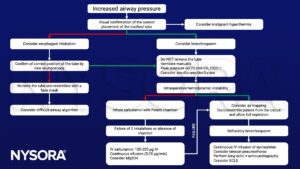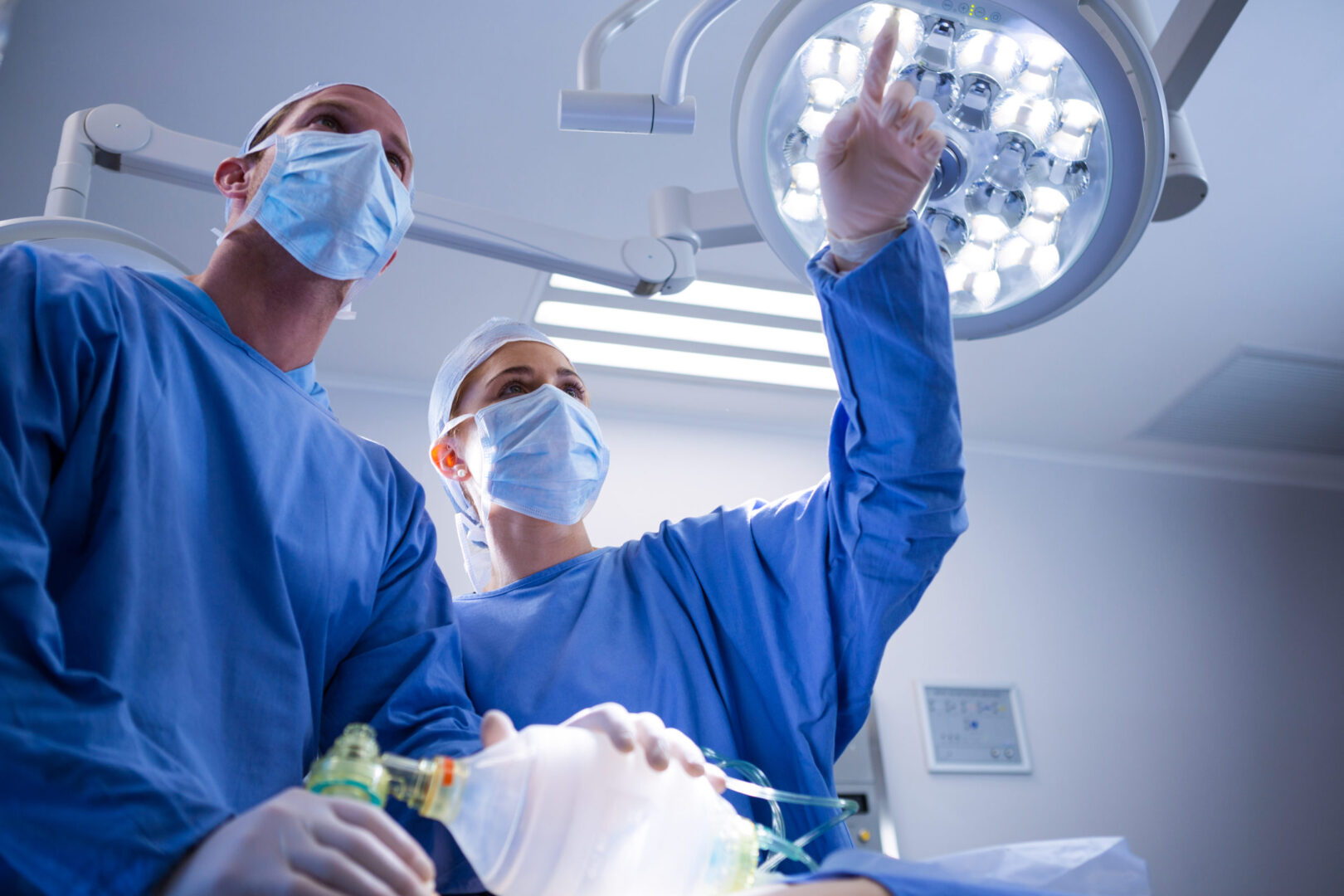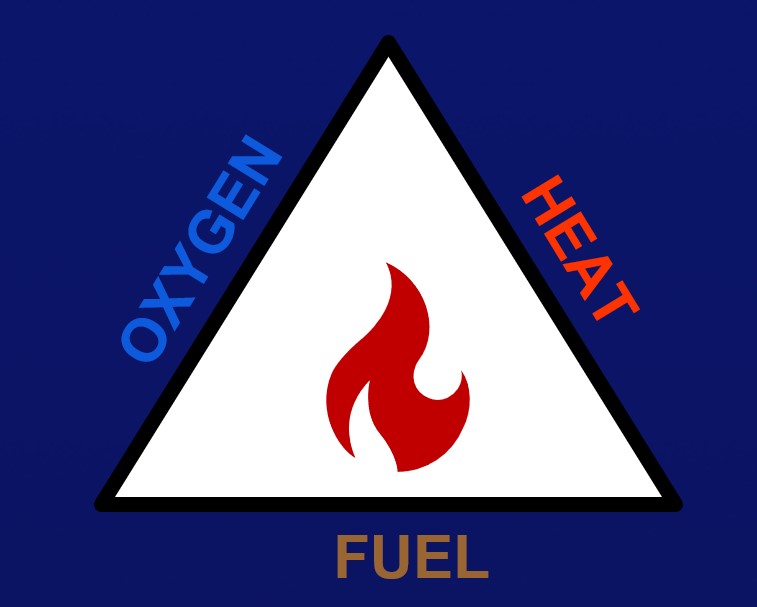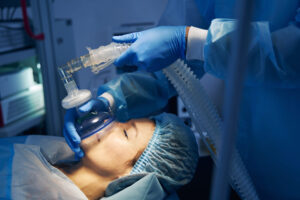Learning objectives
- Differential diagnosis and management of increased airway pressure in a mechanically ventilated patient
Definition
- Airway pressures that exceed the safe limit for ventilation, typically <30 cm H2O plateau pressure, could make ventilation difficult or cause barotrauma
- Can be constantly elevated in a given patient due to underlying conditions or can increase suddenly due to a wide variety of causes
Signs and symptoms
- High plateau and peak airway pressures
- Distorted capnography
- Inadequate tidal volumes
- Hemodynamic instability
Differential diagnosis
“Man versus machine”
- Anesthesia machine
- Machine malfunction
- Kinked breathing circuit
- Physical obstruction of the circuit, (water or an occluded filter)
- Dislodgement, kinking, or obstruction of the endotracheal tube
- Incorrectly positioned endotracheal tube
- Patient
- Inadequate depth of anesthesia
- Decrease in pulmonary compliance:
- Fibrosis
- Pneumothorax
- Atelectasis
- Pulmonary edema
- Decrease in chest wall compliance
- Obesity
- Ascites
- Abdominal distension
- Kyphoscoliosis
- Pharmacological (opiates, NMBDs)
- Malignant hyperthermia
- Broncho-, or laryngospasm (anesthesiologic emergency!)
Management

Suggested reading
- Gouel-Cheron A, Neukirch C, Kantor E, et al. Clinical reasoning in anaphylactic shock: addressing the challenges faced by anaesthesiologists in real time: A clinical review and management algorithms. Eur J Anaesthesiol. 2021;38(11):1158-1167.
- Woods BD, Sladen RN. Perioperative considerations for the patient with asthma and bronchospasm. Br J Anaesth. 2009;103 Suppl 1:i57-i65.
We would love to hear from you. If you should detect any errors, email us customerservice@nysora.com







